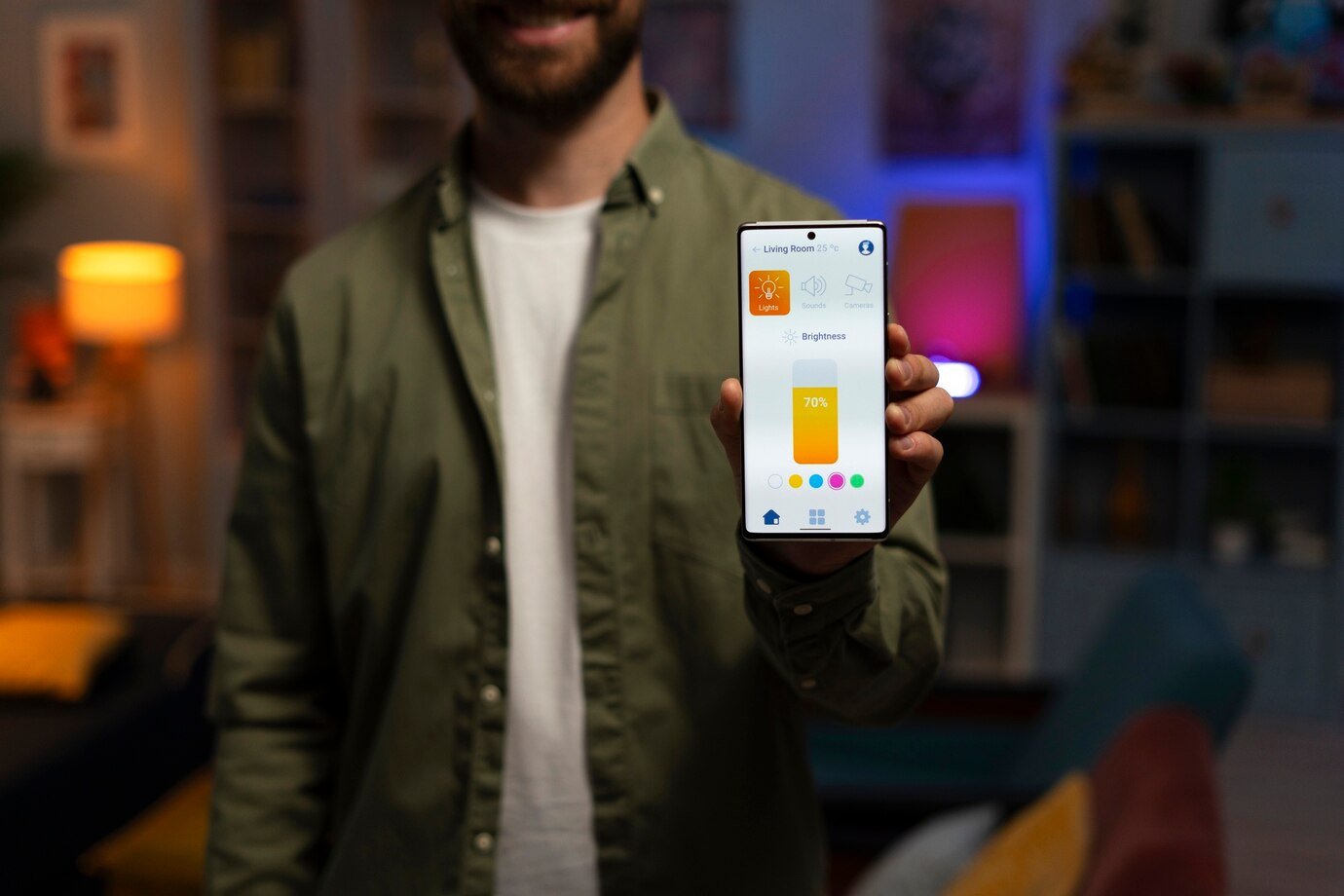The increasing need for affordable and easily accessible solutions in the mobile app market is driving the need to develop apps that are small enough to fit in one’s pocket. With smartphones becoming more and more common, people are looking for apps that meet their demands and their budget. This demand is met by pocket-friendly apps, which prioritize effectiveness while maximizing resource usage and lowering development costs. Businesses understand how important it is to provide reasonably priced products in a competitive market to reach a larger audience. Through the implementation of tactics like the Minimum Viable Product (MVP) methodology, cross-platform development, and open-source technology, developers may produce valuable experiences without sacrificing quality. The focus on small-sized apps is indicative of a dedication to accessibility and cost, guaranteeing that creative and user-focused solutions are available to a wide range of users. You may maintain a reliable and effective development cycle by using reusable code components, carrying out extensive testing, and adhering to continuous integration and deployment (CI/CD) techniques.
Planning, developing quickly, and managing resources wisely are all necessary to produce pocket-friendly software. These pointers can assist you in developing an affordable mobile app development.

Set Specific Goals: Setting a specific goal is very crucial, it is pertinent to define your app’s objectives and purpose clearly, it helps to save time and resources, and you need not go for redesigning again and again. If you do not give your app’s primary goals top priority while selecting features. It will lead to the drainage of time and resources.
Market analysis: If you are aware of the latest market trends, competitors in the market, and how to excel by creating better apps then no one can stop you from excelling. To grasp user wants and preferences, conduct in-depth market research. You may conduct a research, you can thoroughly analyze the trends, take polls from the current users, or take the help of a questionnaire. Determine opportunities and market gaps by conducting competitor analysis.
The MVP Method: In order to satisfy consumers’ primary needs, developers employ the MVP (Minimum Viable Product) method, which focuses on providing a minimal version of the app with fundamental functionalities. Early on in the process, developers can get insightful consumer input by releasing a basic but functional product, which allows for iterative improvements. The MVP approach lowers development costs, speeds up time to market, and guarantees that the next features meet user needs and preferences. This method is essential to agile development since it makes the development cycle adaptable and responsive. To deliver a simple version with essential features, use the Minimum Viable Product (MVP) strategy. Let it be Android app development or iOS App development both are facilitated by this method.
Cross-Platform Product Development: To build an iOS and Android app while cutting expenses and development time, use cross-platform frameworks like React Native or Flutter. Using a single codebase, cross-platform product development allows developers to create apps that operate on several operating systems, like Android and iOS. This method is made possible by technologies such as React Native and Flutter, which allow developers to save time and money by streamlining the development process. This approach guarantees more users will have consistent experiences across all platforms and a wider market reach.
Open-Source Technology: Open-source technology is software whose source code is publicly available for modification and distribution. While creating apps, using open-source tools and libraries reduces costs and encourages developer community participation. By leveraging community-supported resources, developers can accelerate the development process and enhance the overall quality of the product while accessing several pre-built functionality. It Cuts costs and development time by utilizing open-source tools and libraries.
Think Before You Outsource: Knowledgeable and experienced developers are an investment, if you hire inexperienced developers you need to work on work and rework on designing. Try hiring knowledgeable and affordable developers to handle particular projects or parts. Maintain a well-defined scope of work and effective communication to prevent misunderstandings.
Services on the Cloud: For backend functionality, storage, and hosting, make use of cloud services. Systems that are scalable and can expand with your app are frequently available on cloud platforms.
Design and UI/UX Optimisation: To cut down on development work, make sure the user interface is clear and easy. Improve the app’s performance and minimize its size by optimizing the visuals and design components.
Deployment and Continuous Integration (CI/CD): To provide a quicker and more dependable development cycle, automate the testing and deployment procedures by implementing CI/CD pipelines.
Compression of data: compression When it is feasible, compress data to save bandwidth and enhance the functionality of the app, particularly for media and picture content.
Strategy for Monetization: Create a well-defined monetization plan from the start, making sure to strike a balance between income generating and user value. Establish a clear monetization plan early on, making sure to strike a balance between income creation and user value.
Continual Updates: To keep users happy and engaged, keep the app updated with bug repairs and new enhancements. Without updates your app will become obsolete and it will not allure users any more. So it is pertinent to keep the users interested.
You may make a pocket-friendly app without sacrificing functionality or quality by using these pointers. Don’t forget to modify your strategy in light of the particular limits and requirements of your project.
To sum up, the process of developing a portable application involves a calculated journey that blends creative thinking with effective resource allocation. Developers can overcome budgetary limits without sacrificing the quality or functionality of their app by embracing the MVP technique, having a clear vision, and making informed decisions about technology, development, and outsourcing. A user experience that is both affordable and engaging can be achieved by utilizing open-source technologies, improving the design, and concentrating on battery and resource efficiency. The app’s longevity is further ensured by regular updates and a clear monetization plan. With these pointers and techniques, creating pocket-friendly software becomes not only possible but also an adventure full of creativity, flexibility, and user-centred design. If you are looking for an application designed as per your need then we can provide you the solution. Inkllc. one is renowned for providing the best solutions ever.





